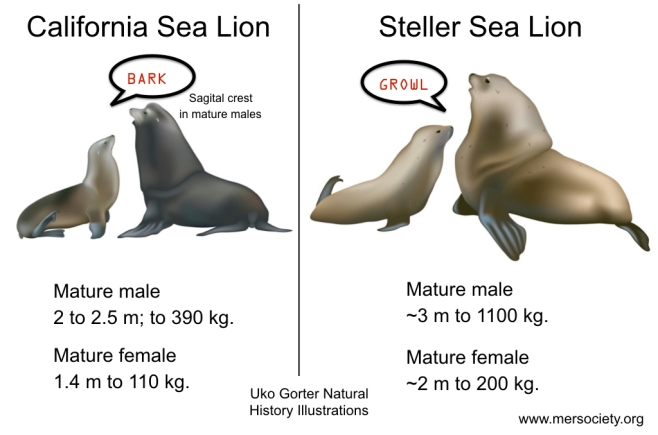It’s Their Ocean
It’s their Ocean.
Photo below was taken during a chance encounter with a mature male Steller Sea Lion as he glided by Bull Kelp.
I can’t share this photo without providing the following information because sea lions and seals are caught at the interface of human love / hate in British Columbia. It’s volatile.

Photo: October 4th near Telegraph Cove.
Please know we don’t target seal or sea lion haul outs. We do not want to force an interaction and contribute to habituation.
But, sometimes, they find us. And that is a great gift.
It is in fact against federal law to conduct “swim with” operations where divers and/or swimmers are put in the water with the purpose of having interactions at haul outs. This has been the case since July 2018 when the amended Marine Mammal Regulations went into effect. They explicitly state: “No person shall approach a marine mammal to, or to attempt to . . . swim with it or interact with it.”
Habituated wild animals lose their wariness which will not work well for them, or us. Wild animals do not allow you to touch them nor to put your hand in their mouths. Human injury has resulted as a result of seals and sea lions becoming habituated to humans / divers. Of course it has.
Habituation is especially a concern in this time where seals and sea lions are being vilified for interactions with fisheries. Horrific hate language and imagery are being perpetuated on social media. It’s one thing to have an opinion. It’s another to perpetuate hate.
In my work as a marine educator, I’ve asked for clarity regarding the Marine Mammal Regulations and their enforcement. It’s part of my job with the Marine Education and Research Society to educate about laws involving marine mammals. There is also a personal layer of concern because dear friends are involved with swim-with operations whereby there are implications for their businesses and welfare.
My understanding is that the lag in enforcement regarding “do not swim with” has been due to having to prioritize resources (e.g. enforcement of infractions around endangered whales) and wanting to provide an opportunity for education before enforcement.
This is also the case regarding it being against the law to feed seals and sea lions. This used to be a common practice at some fish processing plants and tourism facilities. Education was provided first. Enforcement of the law will now follow.
I am sharing this information in an effort to educate on the law and what best serves wild animals.

Pacific Harbour Sea emerging from the kelp forest. It’s something I will never forget. We were ending our dive and entering in the shallows for our safety stop. I noticed something moving in the Bull Kelp. Then I realized it was seal playing there, corkscrewing her/himself around the stipe of kelp and then spinning out of it and . . . repeat. I put down my camera. I tried to drink it in, to learn, and to realize I had formed a bias to perceive seals as I saw them on the surface. I had unconsciously undervalued their intelligence and playfulness. I did lift my camera as the seal moved out of the forest. Yep, a gift.
*Canada’s amended Marine Mammal Regulations include:
No person shall approach a marine mammal to, or to attempt to:
(a) feed it;
(b) swim with it or interact with it;
(c) move it or entice or cause it to move from the immediate vicinity in which it is found;
(d) separate it from members of its group or go between it and a calf;
(e) trap it or its group between a vessel and the shore or between a vessel and one or more other vessels; or
(f) tag or mark it.
Regarding the vilification of seals and sea lions, please see our Marine Education and Research Society backgrounder “To Kill Seals and Sea Lions?” at this link.














